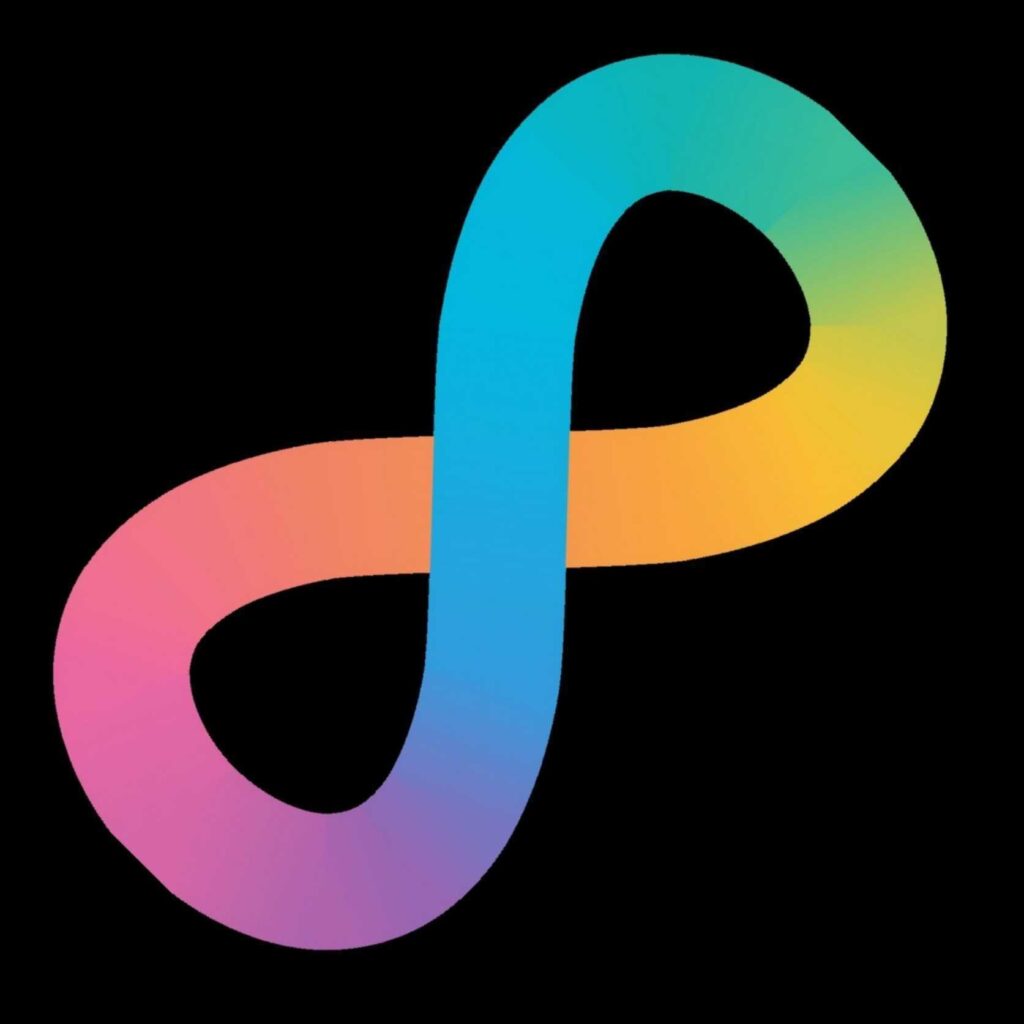The Value of Neurodiversity Neurodiversity means there’s a wide range of how people’s brains work. Conditions like ADHD, Autism, Dyscalculia, and various learning disabilities all fall under this umbrella. And yes, they exist in the tech world! By embracing different cognitive styles, you unlock new ways of spotting patterns, tackling problems, and thinking up solutions. After all, that next major security threat won’t be handled by doing the same old thing. It will be handled by thinking in ways most people wouldn’t even consider. Strengths of Neurodivergent Individuals Neurodivergent professionals bring a myriad of strengths to any tech or cybersecurity team. For instance, people with ADHD are famous for something called “hyperfocus.” While they might sometimes seem scattered in certain areas, they slip into a creative zone when they latch onto a topic they’re passionate about. They not only churn out ideas but often maintain the flexibility to shift gears quickly — a significant plus in high-speed environments like cybersecurity. Meanwhile, individuals on the Autism spectrum often excel at noticing minute details and following logical sequences. That can be a lifesaver when you need someone to spot a glitch in code or trace an irregularity in network traffic before it escalates. People with Dyscalculia can bring out-of-the-box solutions. They might struggle with numbers, but the inventive workarounds they develop can spark fresh perspectives for tackling challenging security puzzles. The resilience they build from grappling with numeric challenges is also perfect for the ever-changing battleground of cyber threats. And then there are those with various learning disabilities who become masters of improvisation and adaptation. They learn in unconventional ways and often show extra empathy toward colleagues, which leads to a stronger, more cohesive team environment. The Business Case for Neurodiversity Now, you might be thinking: “That all sounds nice, but does it really translate into better business?” In short, absolutely. Research shows that diversity in thinking leads to higher innovation and productivity. This is especially true in areas like cybersecurity, where you need flexible minds to keep up with (or stay ahead of) ever-evolving threats. Plus, employees who feel genuinely valued for who they are, brain quirks and all, tend to stick around. That means less turnover, better retention, and a company culture that people want to be a part of. And let’s be honest: who doesn’t want a reputation for being forward-thinking and inclusive? What Recruiters Need to Know If you’re a tech recruiter, here’s the bottom line: expand your definition of “qualified.” An impressive GPA looks good on paper, but it’s not the whole picture. Curiosity, resilience, and creativity might be found in someone who’s built an open-source passion project or has taught themselves new skills. Use clear, concise language when writing job descriptions and avoid jargon overload. List the true “must-haves” for the role without scaring people off with an endless wish list. And if you’re open to offering accommodations — like extended test times or flexible hours — say so! Let people know you’re ready to meet them where they are. Finally, training your HR and hiring teams on neurodiversity is a win-win. Simple awareness sessions can bust stereotypes, and discussing unconscious bias can prevent you from missing out on stellar talent just because someone doesn’t fit the typical mold. Creating a Neurodiversity-Friendly Recruiting Process Building a more inclusive recruitment process doesn’t mean turning everything upside down. A few tweaks can go a long way. Start by auditing your job postings for clarity and accessibility. Can a screen reader parse your application portal? Do you really need to time every portion of the application? Next, implement multiple interview formats. A hands-on coding test, for instance, might reveal a candidate’s strengths far better than a barrage of rapid questions. Some people shine through written responses or recorded demos, so offering those as an option can help them relax and display their true potential. Partnering with specialized organizations is another strategy. Certain nonprofits or community groups actively support and train neurodivergent professionals. They can be pipelines to a fresh pool of enthusiastic and qualified candidates. Once you bring someone on board, onboarding is your next big opportunity to make them feel welcome. Pair them with a mentor familiar with neurodiversity, and if possible, offer flexible work setups. Remote or hybrid options, quiet spaces, and flexible hours can make a difference in overall comfort and performance. Of course, a genuinely supportive culture is the ultimate goal. Think about forming (or supporting) Employee Resource Groups where neurodivergent employees can share ideas, experiences, and tips. Maintain open communication whether through surveys, anonymous feedback forms, or casual team check-ins so that people feel safe expressing their needs or suggestions. Addressing Common Concerns and Myths Are you worried about the cost of accommodations? Most of them are free or come at a minimal expense, like providing noise-canceling headphones or schedule flexibility. Many employees also need written notes, so providing an avenue for this will help them process and retain information more functionally. Think of it as an investment in unlocking high-quality work and loyalty. You might also think productivity will suffer if you cater to every preference. In reality, when people feel respected and able to do their best work, productivity goes up, not down. And if your existing team is concerned about adapting, remember that learning to collaborate with different minds often spurs creative growth for everyone involved. Embrace the Potential Neurodiversity might be a hot topic right now, but it’s far more than a passing trend. For forward-thinking recruiters, it represents an untapped source of remarkable skills, innovative ideas, and dedicated talent. When you take the time to refine your job postings, interviews, and office culture, you’ll find amazing individuals who can tackle challenges in ways you never imagined. So, if you are a recruiter in tech or cybersecurity, ask yourself: how can I make my hiring process more welcoming to the broadest range of applicants? What barriers might be standing in the way of some seriously skilled candidates? By actively embracing neurodiversity, you’re not just doing something that “feels right” — you’re making a smart move for your organization’s bottom line and future.









